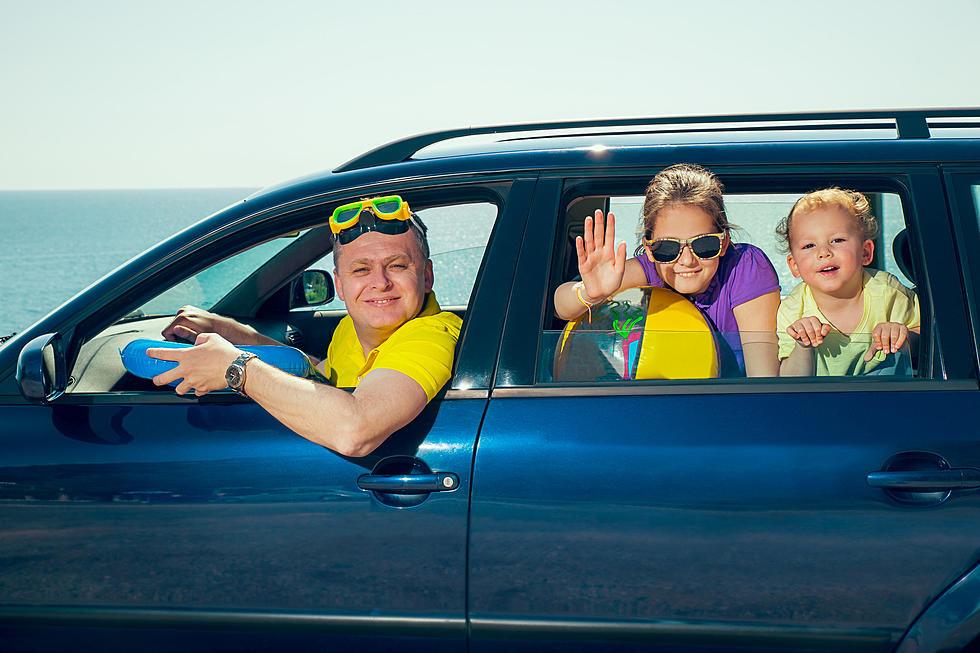
DPH Summer Guidance: Car Safety
Summer weather can be very enjoyable. Even when it’s a bit hot outside, you can always duck in for a bit of air conditioning. However, there are some places where the heat can really get intense. The temperature inside of car can get extreme on a summer day and that can be a very dangerous place for children left inside. The temperature in a closed car can rise quickly and the vehicle can become a deadly place for a child, left even for just a moment.
The Massachusetts Department of Public Health reminds you that taking some basic precautions to keep you and your kids safe in the summer heat can go a long way in keeping the fun going!
This is the third in a four-part series of articles with safety tips from the Department of Public Health to help you and your little ones stay safe this summer.

In this edition, we are looking at Car Safety. According to scottsfortcollinsauto.com, if spend half an hour in the store on a 90-degree day, the inside of your car could be around 120 degrees when you return. After an hour, the average in-car temperature is 43 degrees higher than the outdoor temperature. After 90 minutes, this rises to 48 degrees higher. It’s the last place that you want your kids to be waiting for you while you run an errand.
Here are some safety tips to keep young children safe in and around cars:
- Never leave children alone in a parked vehicle, even when they are asleep or restrained, and even if the windows are open.
- Always check inside the vehicle - front and back - before locking the door and walking away.
- If a child is missing, check your vehicle first, including the trunk.
- Do things to remind yourself that a child is in the vehicle, such as placing your purse or briefcase in the back seat so you will check the back seat when you leave the vehicle.
- Always lock your car and keep the keys out of children's reach.
- Ensure adequate supervision when children are playing in areas near parked motor vehicles.
IMPORTANT: If you see a child alone in a hot vehicle, call the police. If they are in distress due to heat, get them out as quickly as possible and call 911 immediately. Don’t hesitate.
Remember, all children ages 12 and under should ride in the back seat, properly restrained, even during quick errand trips. Infants and toddlers should remain in rear-facing car seats until they reach the highest weight or height allowed by their car safety seat manufacturer. At a minimum, children should ride rear-facing until they are at least one year old and weigh at least 20 pounds. You can find more information on child passenger safety on the DPH website.
LOOK: See how much gasoline cost the year you started driving
More From WBEC AM









